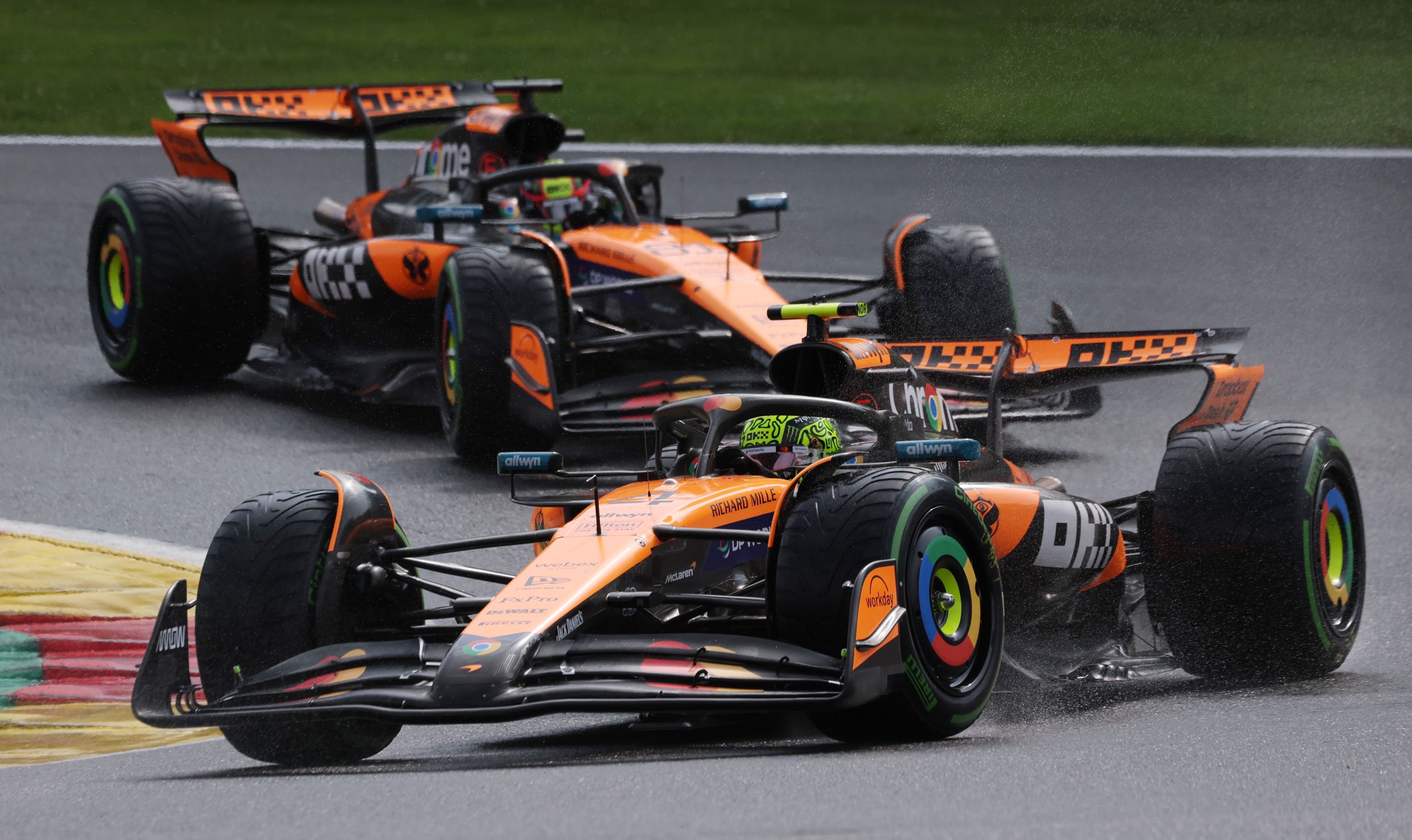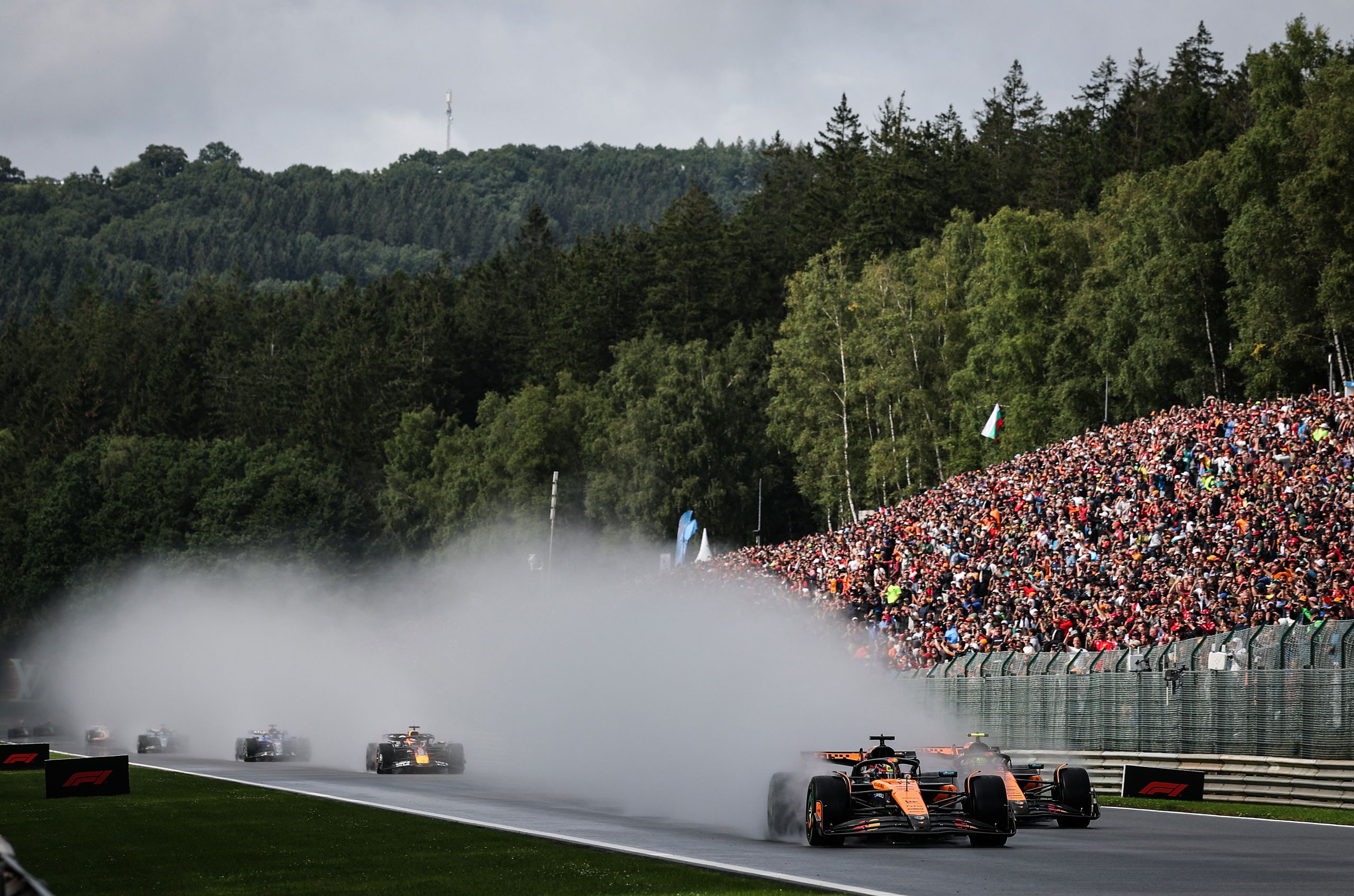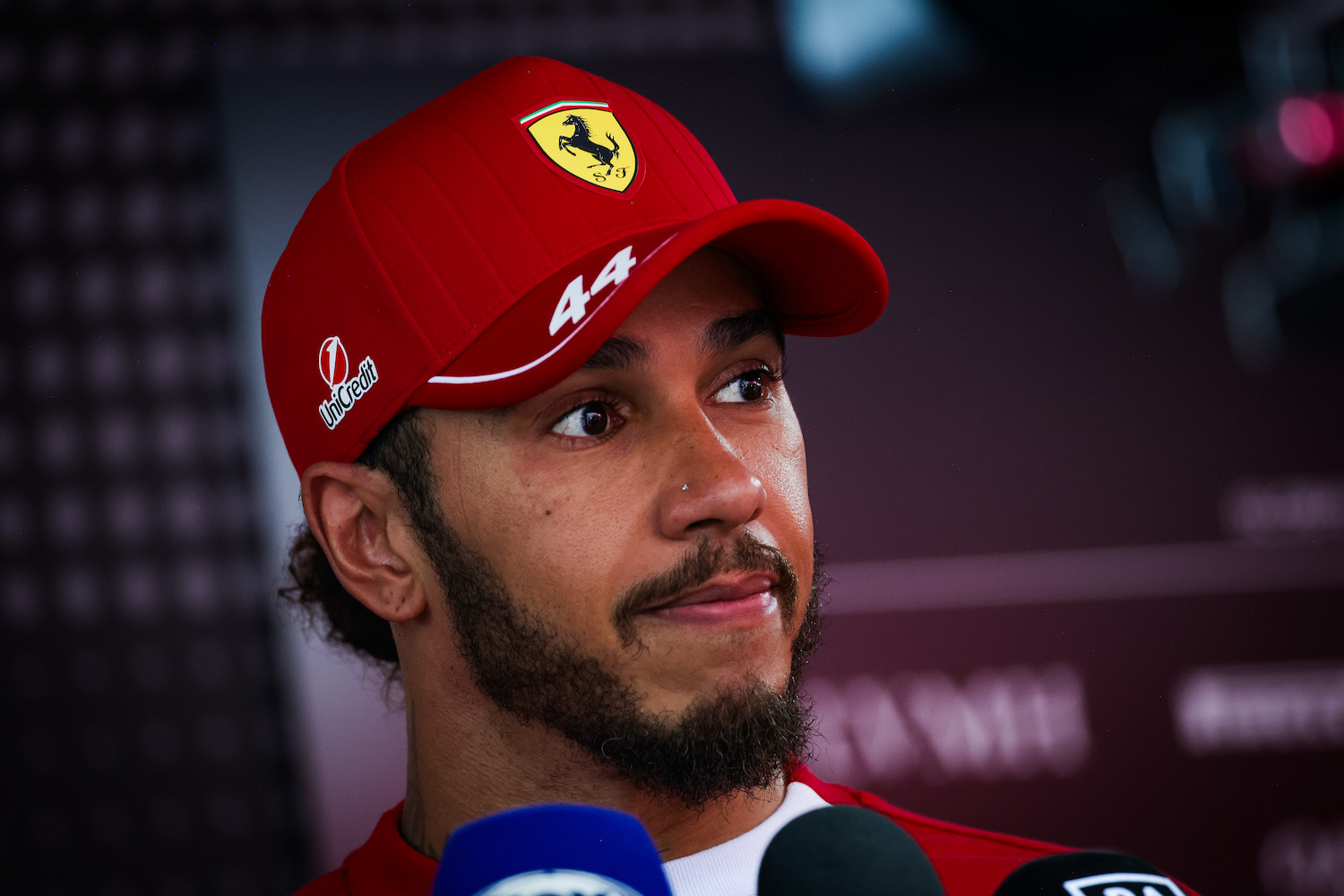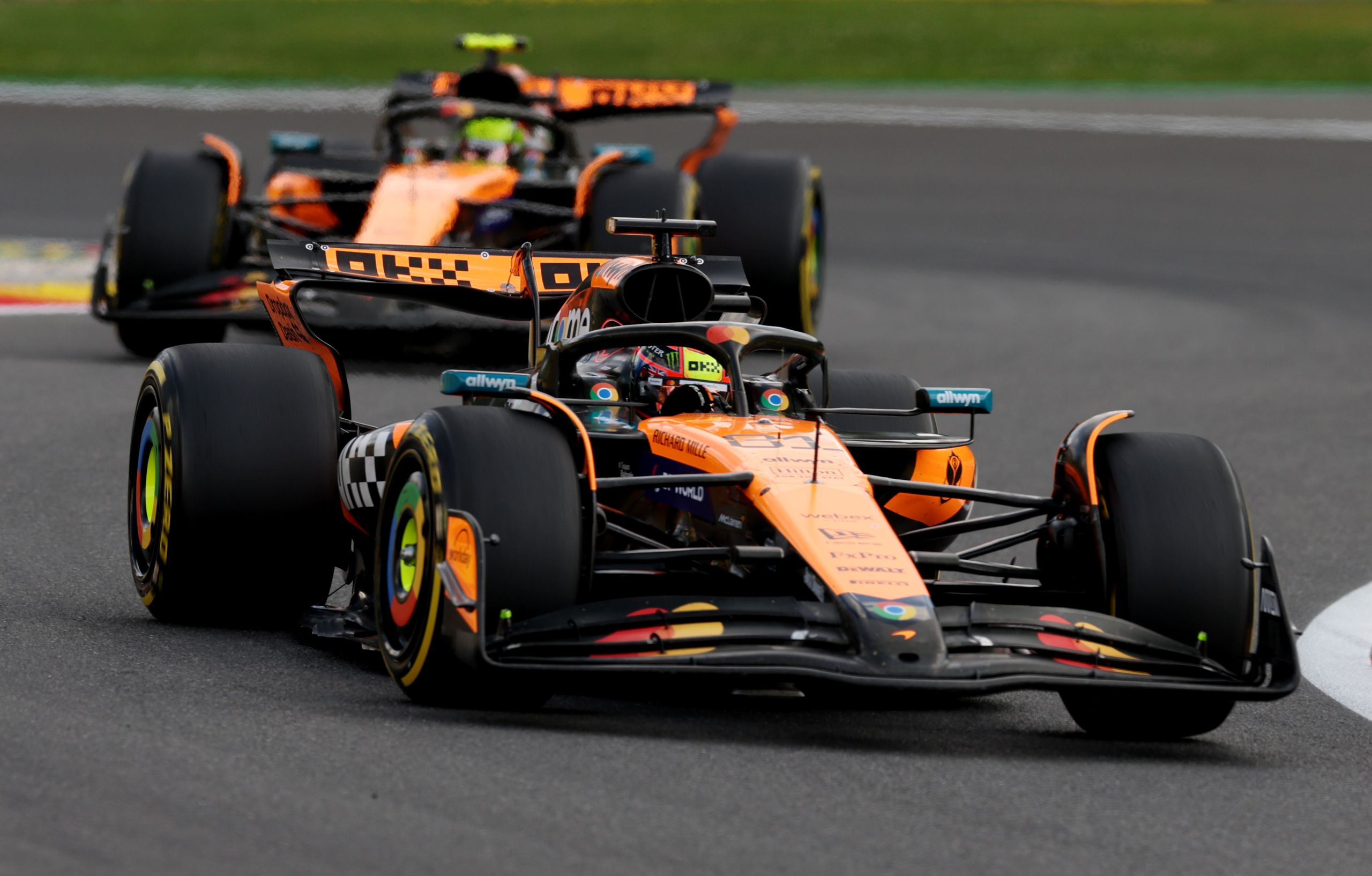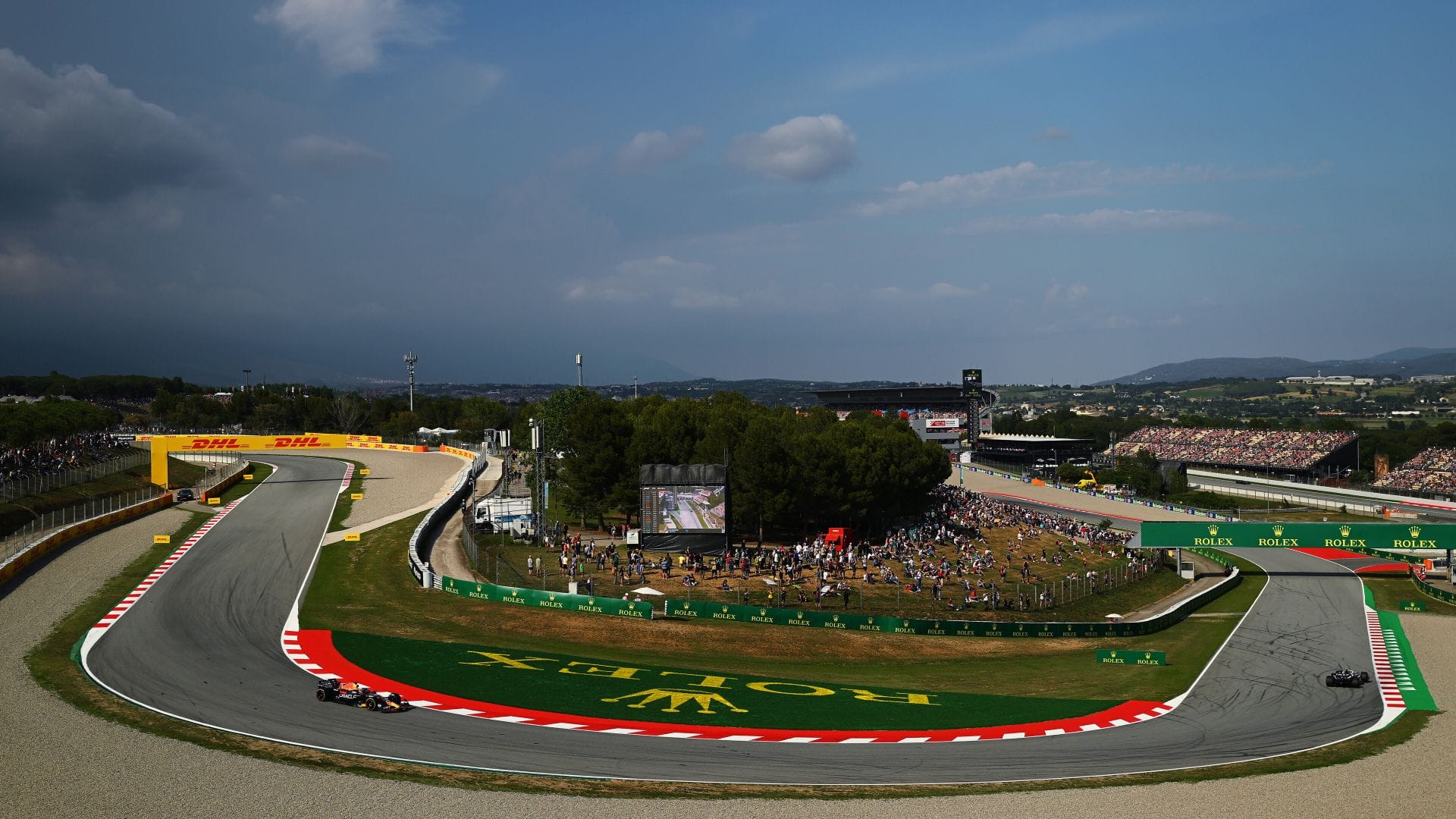

Early in January 2024, Formula One confirmed the relocation of the Spanish Grand Prix from Barcelona to Madrid following an agreement with IFEMA Madrid. The new race is set to take place around the IFEMA convention centre featuring a combination of street and non-street sections starting from 2026.
The question remains, what will happen to Circuit de Barcelona-Catalunya when the series truly moves to a different city?
A short view back to the past
Spain is a country where its citizens primarily breathe and live football. It has transcended beyond a mere game into a culture. Despite their love for football, Spain has produced 15 Formula One drivers and many all-time greats from MotoGP ranging from Dani Pedrosa, Jorge Lorenzo, and Marc Márquez just to name a few. In F1 back in 2005, the country achieved their first World Drivers’ Championship courtesy of Fernando Alonso. He’d go on to repeat his success in 2006 and went on to score some more wins up to 2013. It won’t be until 2022 when Carlos Sainz Jr achieved victory in the British Grand Prix that Spain had another driver to win a race.
The first race that was generally considered the Spanish Grand Prix existed a century ago back in 1913 for touring cars on a 300-kilometer road circuit near Madrid on the way to Valladolid. The race was named as RACE Grand Prix, named after the Royal Automobile Club of Spain. Before 1913, there were already plenty of motorsport events including the Catalan Cup from 1908–1910.
In 1951, the country was included in the Formula One calendar with Pedralbes Street Circuit in Barcelona as its venue. Pedralbes saw history as Argentine Juan Manuel Fangio took his first championship on the venue. However, Spain did not return for the next two seasons following safety concerns and financial problems regarding hosting the race.
Over the 1960s and until the middle of the 1970s, Spain returned to the calendar on a rotating basis with Circuito del Jarama in Madrid hosting in even-numbered years and Barcelona’s Montjuïc street circuit on odd-numbered years, before the former took over as a sole host due to safety concerns with the latter. The Grand Prix would eventually be canceled in 1982 before returning in 1986 with Circuito de Jerez near Seville as the host. This wouldn’t last long however as the 1990’s race was the last to be held on the track under the Spanish Grand Prix moniker.
In 1991, the Grand Prix moved to Circuit de Barcelona-Catalunya in Montmeló, just a few kilometers outside Barcelona. The track has remained ever since as the host until this day before the announcement of the relocation to the aforementioned new Madrid track from 2026 onwards.
The reception of the relocation
Barcelona and Madrid may be rivals on the football field, but they’re also rivals in attracting industry. Despite the relocation to the latter, there’s still a possibility that Catalunya won’t be abandoned completely for Formula One.
The drivers themselves are split over the relocation based on an Associated Press interview, and one of them was Lewis Hamilton, who along with Michael Schumacher had won six Spanish Grand Prix — the most of any driver.
“I don’t think I would want to lose Barcelona. I do think it’s really important we keep some of the classic circuits, at least the ones that provide great racing. Budapest is spectacular. Silverstone is spectacular. This track (in Montmelo) [as well].”
Ferrari’s Charles Leclerc is open to the move due to his fondness for street circuits.
“(Barcelona) is a track that we all know so well as drivers, so it would be strange to not come here. “But me personally, I love street tracks. I think just the feeling that you get from it is very, very special. So Madrid would be really nice too.”
Local hero Fernando Alonso is indifferent about the move while mentioning his preference for permanent racing tracks.
“At the end of the day, it’s up to the region if they are happy to host the race or not. So if they don’t want the race, it is very easy then, because some other region will love to have it.”
While the relocation to Madrid may have been driven by political and economic ambitions, Roger Torrent, one of the Catalan executives is bullish about the track’s chances on the calendar.
“This circuit has a present and a future. I am convinced that we will have Formula One for many years to come.”
The announcement evoked a negative to mixed reception among the fanbase with most preferring permanent racing tracks rather than another street circuit.
What’s next for Barcelona?
Stefano Domenicali, the CEO of Formula One echoes Torrent’s statement about the track’s future and is open to the possibility of the country hosting two races and noted that the sport has a good relationship with the city and the organizers.
“For the avoidance of doubt and to clarify here, the fact we are in Madrid is not excluding the fact we could stay in Barcelona for the future.”
“Looking ahead, there are discussions in place to see if we can really extend our collaboration with Barcelona, with whom we have a very good relationship, for the future.”
Domenicali concludes by stating that it’s a good problem to have a hosting battle between two cities as it shows value in the sport’s proposition.
“It’s a nice problem to have, to have multiple cities – some in the same country – wanting to host a Grand Prix. It shows the value of our proposition. But we need to keep focused on the reason for our success and make sure we aren’t complacent.”
Although the certainty of Barcelona holding the race after 2026 is not yet certain, the track could return as a pre-season testing venue as it had done so countless times in the past and the teams’ familiarity with the layout is a good bonus.
The possibility of holding two races in Spain remains open in the meantime, and this move would mirror Italy with its Emilia Romagna and the Italian Grand Prix. If Barcelona were to return to the calendar it would run under a different name with the Catalan Grand Prix, for example. The last scenario would put the track as a substitute track in the event that Madrid could not have its track ready in time.


